It’s no secret that the world has a plastic problem. By now, most people have been made aware of the magnitude of this crisis, thanks to recent high profile features by National Geographic, UN Environment, and 60 Minutes.
The numbers on how much plastic has ended up in the world’s oceans (and will remain there as a thin soup for centuries to come) since the petrochemical industry first mass-marketed it as a mainstream staple a mere 60 years ago are staggering and well documented.
Beyond the stats and graphs, all it takes to grasp the extent of the problem is to look around our immediate environment, where our daily routes and routines reveal the vicious cycle of this plastic epidemic.
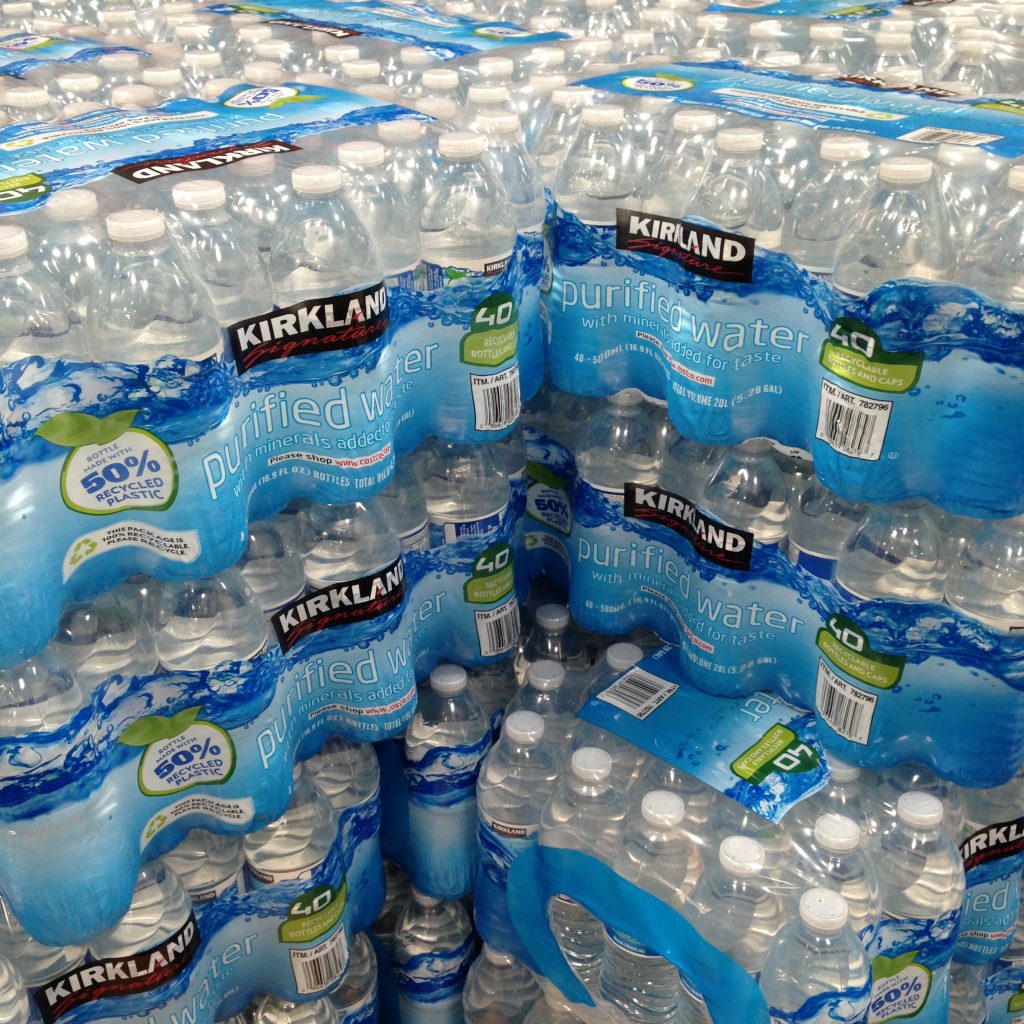
from the packaging plant 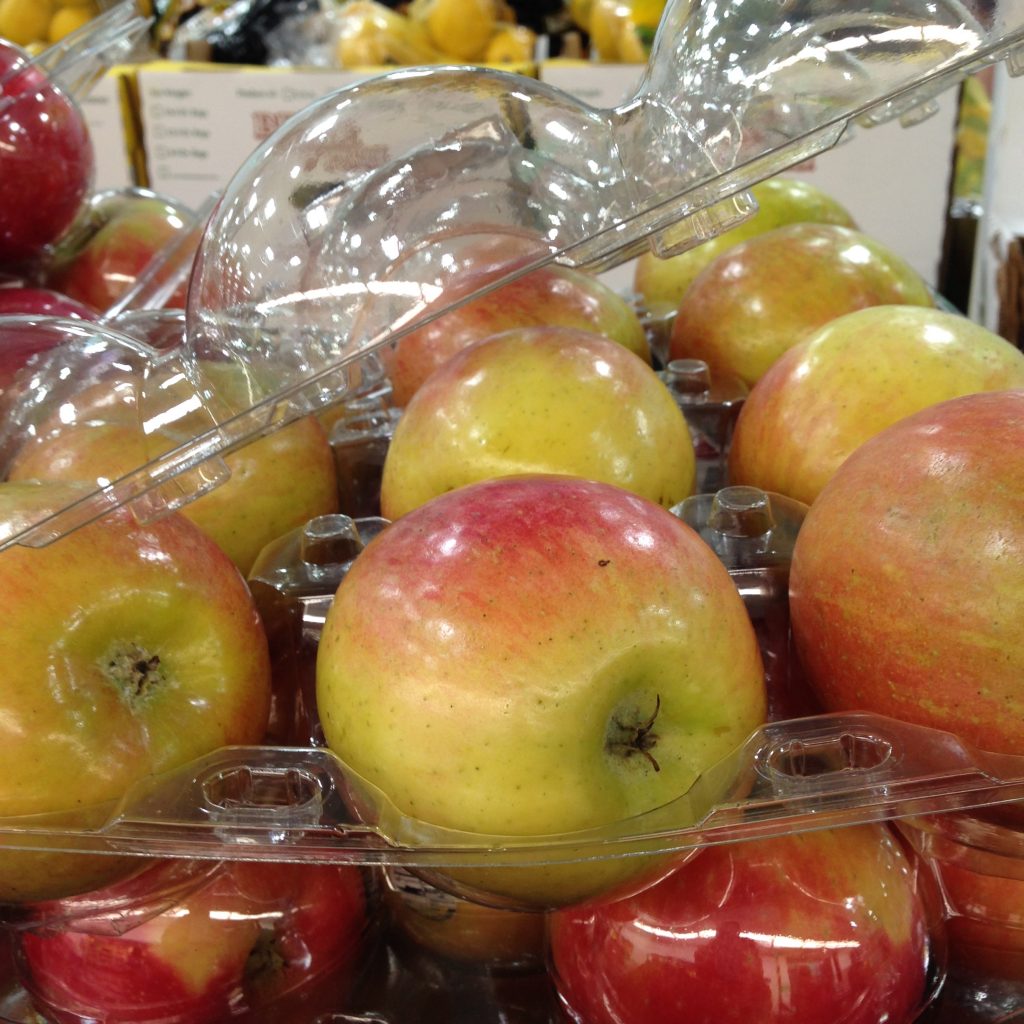
to the store shelf 
into the shopping cart 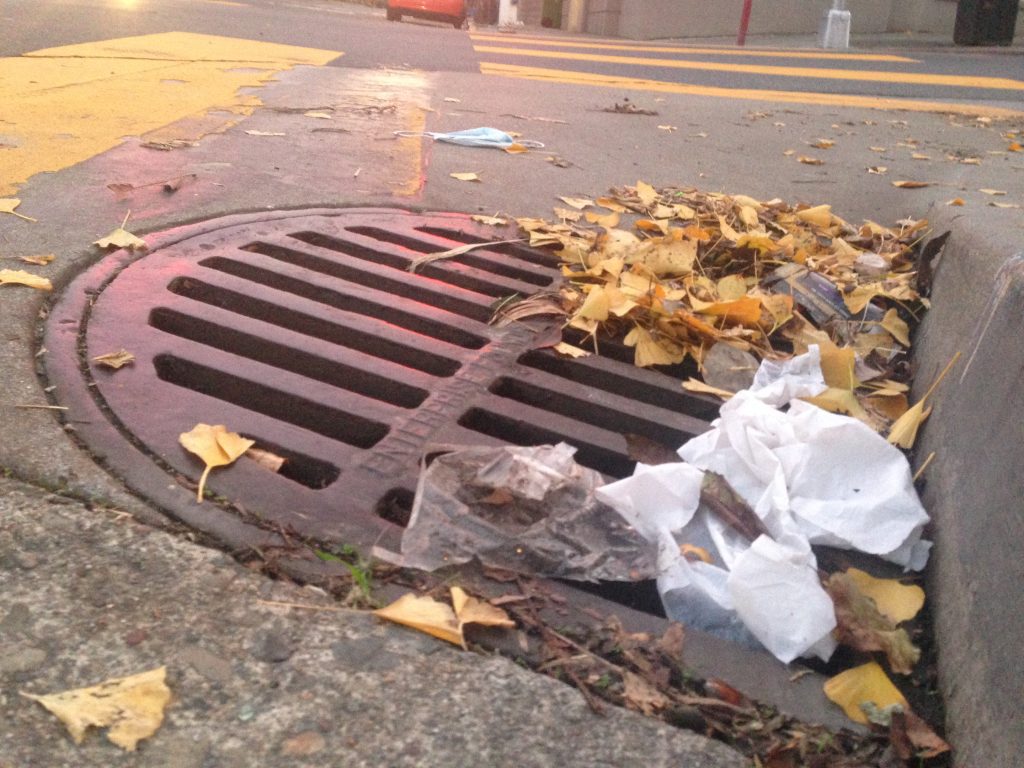
and down the drain it goes en route to the ocean
The simple fact is, there is just too much plastic — and too many different types of plastics — being produced; and there exist few, if any, viable end markets for the material. Which makes reuse impossible.
– Michael J. Sangiacomo, President & CEO, Recology. Source: It is time to cut use of plastics
While the problem is in plain sight, it’s the solutions that are proving more elusive.
On the behavioral end, there have been many valiant efforts to educate willing consumers on how to change their habits. Personal quests like My Plastic-Free Life or crowdsourced campaigns like Plastic Free July have inspired people the world over to become more aware of and reduce their plastic intake. But with fossil fuel companies poised to spike plastic production by another 40% in the next decade, behavior change alone will not suffice to stem this coming plastic tide. Just in the minute it took you to read these opening paragraphs, a million plastic bottles were bought around the world, a number projected to rise another 20% by 2021.
On the technological end, a young Dutch inventor named Boyan Slat has embarked on scooping out half of the 1.8 trillion pieces of plastic currently residing in the Great Pacific Garbage Patch with a giant floating boom. While certainly admirable and a potential boon to mitigating some of the worst effects of the largest ongoing (and unpunished) petrochemical dumps in history, dealing with pollution on a scale as massive as this one at the end of the chain can only get you so far, even without the complications inherent in picking slimy plastic bits out of erratically moving water.
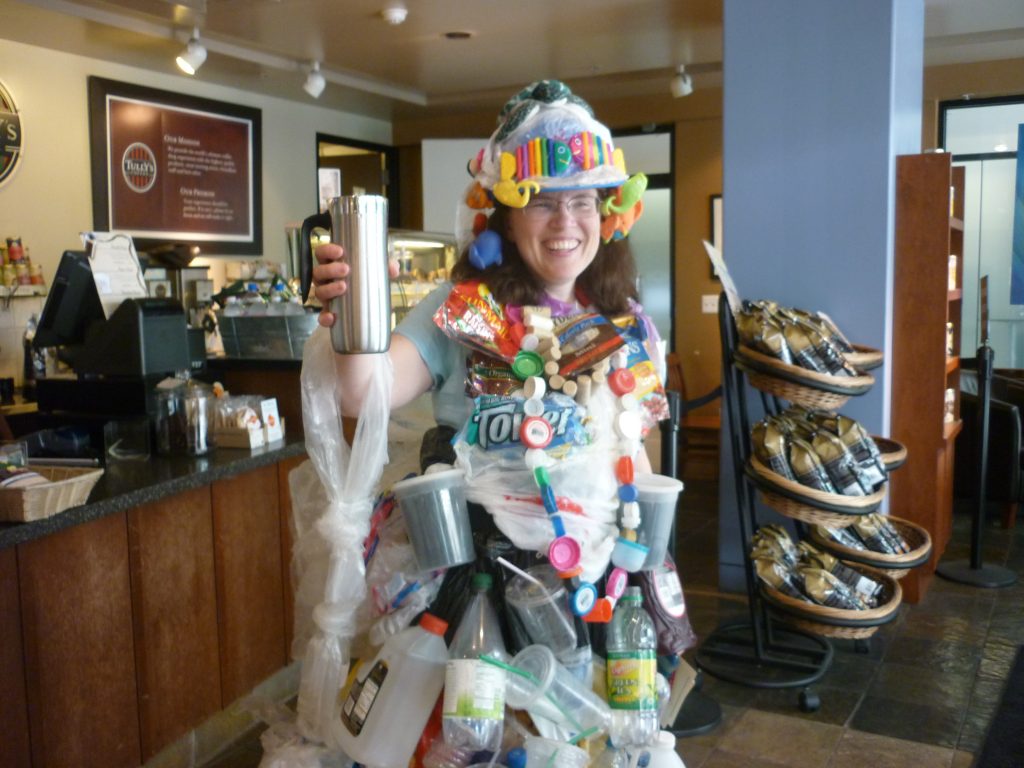
One player that has been at the forefront of both the behavioral and technological aspects of dealing with our global plastic explosion has now come out to call for urgent action on the third, often neglected pillar of change: policy.
In an op-ed for the San Francisco Chronicle entitled It is time to cut use of plastics, Michael J. Sangiacomo, President & CEO of West Coast resource recovery company Recology, puts the kibosh on the idea that we might recycle ourselves out of the crisis.
For decades, Recology has captured plastic materials through our recycling programs in California, Oregon and Washington state, and marketed much of that material for reuse, principally throughout Asia. In other words, we had a place to send plastics.
However, a number of global policy reforms — most notably China’s National Sword program, which banned mixed plastic imports — have closed nearly all end markets for many plastic products.
– Michael J. Sangiacomo
As a San Francisco resident and concerned citizen, I have followed Recology’s unparalleled pursuit of the city’s zero waste mandate for years. I’ve reported on their compost trailblazing as well as state-of-the-art recycling facility. I even starred on the PBS News Hour to showcase how composting works in a San Francisco household. Most recently I attended the unveiling of the worker-owned company’s creative Better at the Bin campaign to educate residents about the importance of sorting their compostables and recyclables into the right bin to minimize the kind of mixed content bales that no longer have a market.
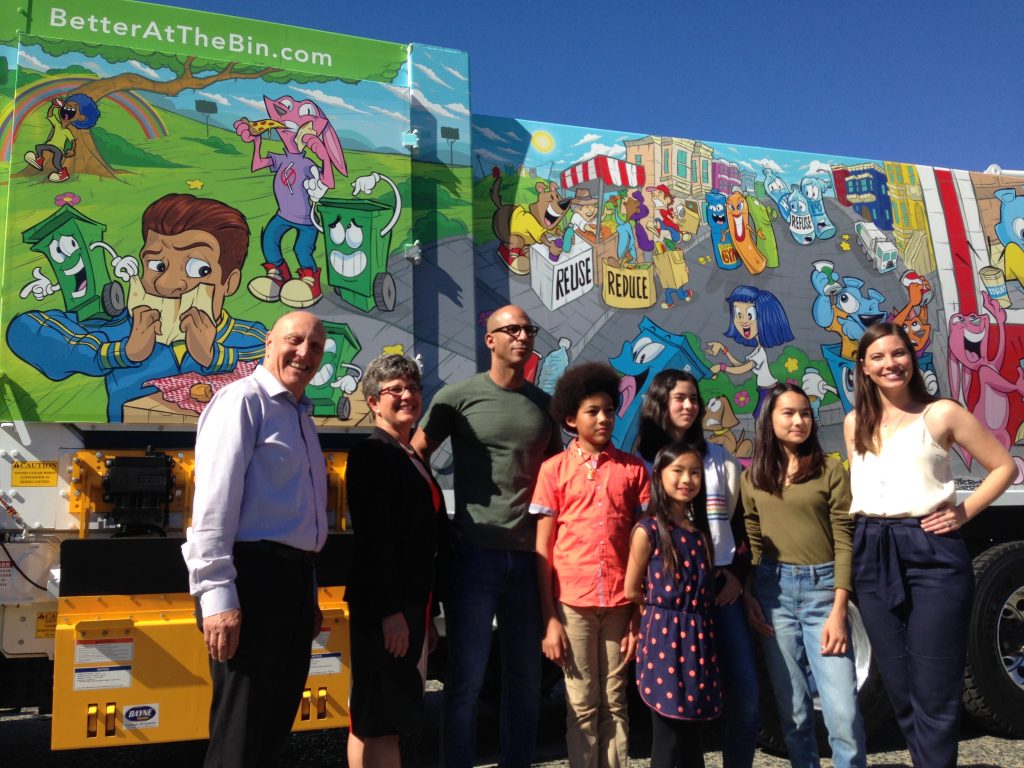
I’ve also visited Recycle Central twice, and quite frankly, if the longest presort line in the U.S. that features an advanced metering system for inbound materials, two new lines of spinning disk screens to separate paper from plastic containers, and high-tech optical sorters capable of separating different types of plastic can’t yield end products that are pure enough for the Chinese recycling market, then it simply can’t be done.
Lest we get tempted to blame the plastic recycling quandary on China, it’s important to note that even before the new policy, a whopping 91% of all plastics in the world wasn’t getting recycled.
Sangiacomo admits as much by recounting how Recology has always struggled with the flurry of different polymers that are constantly being introduced into new products and ultimately end up on the company’s sorting lines. He says they’ve tried to reverse-engineer the plastics manufacturing process to reclaim the petroleum products and even hired a chemical engineer to come up with something that could be done with single-use plastic waste, but to no avail.
The simple fact is, there is just too much plastic — and too many different types of plastics — being produced; and there exist few, if any, viable end markets for the material. Which makes reuse impossible.
– Michael J. Sangiacomo

So if the market is continuously being flooded with non-recyclable, single use plastic items and their sheer quantity and institutionalized inevitability would require nothing short of a large scale global popular revolt to make a consumer-based dent in demand, the only effective way to curb this scourge on the planet’s ecosystems is to stop the pollution at the source by regulating the manufacturers of these petrochemicals.
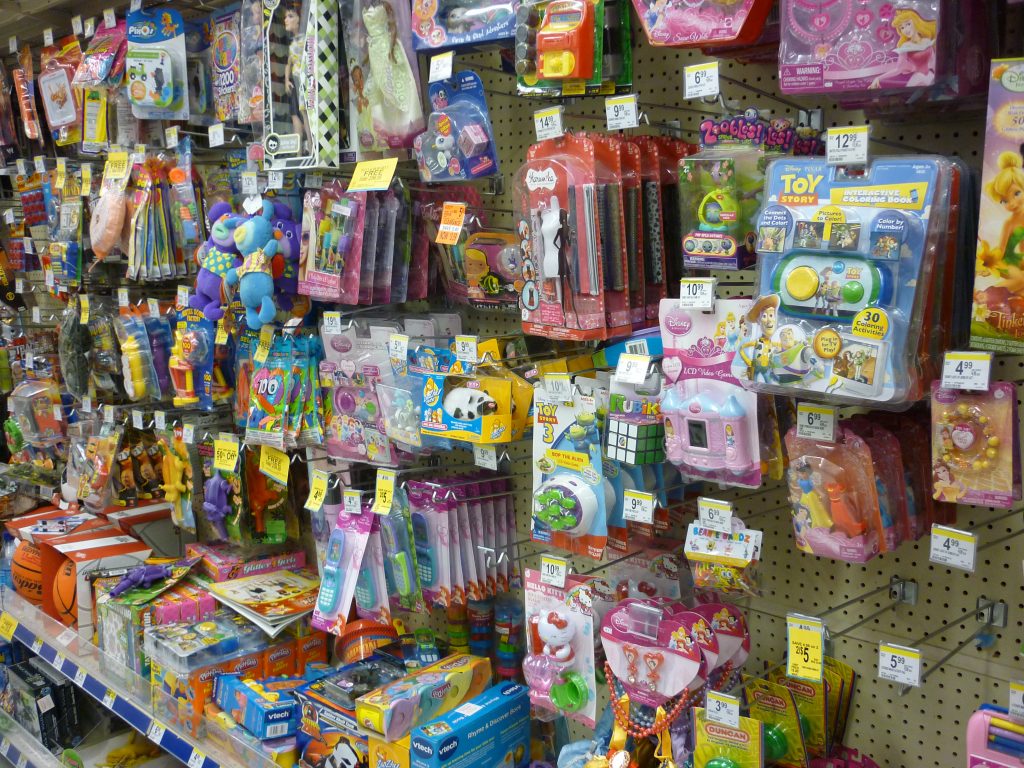
Sangiacomo says Recology has made a good faith effort to collaborate with the plastics industry to develop technologies that might lead to the genuine recycling of plastic products, and good on them for trying. But let’s be honest here — can you think of a single industry that has given anything beyond lip service to a voluntary request for transforming their business model when it conflicted with their quarterly profits? Me neither.
So while waiting to hear for a response from the American Chemistry Council, Recology is getting serious about campaigning for the only thing that has ever succeeded in protecting people and the environment over profits: laws and regulations.

Inspired by the recently passed single-use plastic ban in the EU set to take effect in 2021 with the most common ocean-polluting plastics like single-use cutlery, cotton buds, straws and stirrers, Sangiacomo says Recology is ready to help the U.S. catch up, via Californians’ tried and true pioneering spirit.
I do feel we are nearly out of time, as the planet’s oceans and wildlife are increasingly overrun by plastic waste. If the plastics industry is unable to step forward with a set of policies and programs that reverses these unfortunate trends, Recology will work to place a comprehensive policy on the next statewide California ballot — building off the EU model. We are prepared to commit $1 million toward a signature-gathering effort to that end and will work with all who are willing to move this effort forward.
Michael J. Sangiacomo, President & CEO Recology
For those of us who have been following this issue for a while, it’s been clear that there’s no way we’re going to recycle our way out of the plastic pollution crisis. This is not to say we shouldn’t continue to try to recycle as many existing items as possible, including whatever semi-solid pieces Boyan Slat manages to pull out of the ocean, but the answer to plastic pollution is to not create waste in the first place.
As any doctor worth her salt will tell you, prevention is the best medicine. Prevention, of course, applies to all of us on a personal level, and by all means we should continue to refuse as much of the unnecessary bags and bottles and wrappers as possible, as well as educate and inspire others to do the same. But the time has come to go straight to the source in our efforts to prevent our planet from completely drowning in the polymer pile — it’s time to treat the symptoms by addressing the cause.
photos and video by sven eberlein






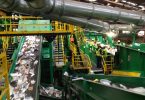
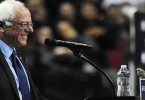
Until I read this article I had no idea that 91% of the world’s plastic is not getting recycled. My wife 2 weeks ago asked me to put all my home made sandwiches I take to work in paper rather than plastic bags. It is one small step but we will do more. A never good article.
Thanks Tom. Keep up the good work!